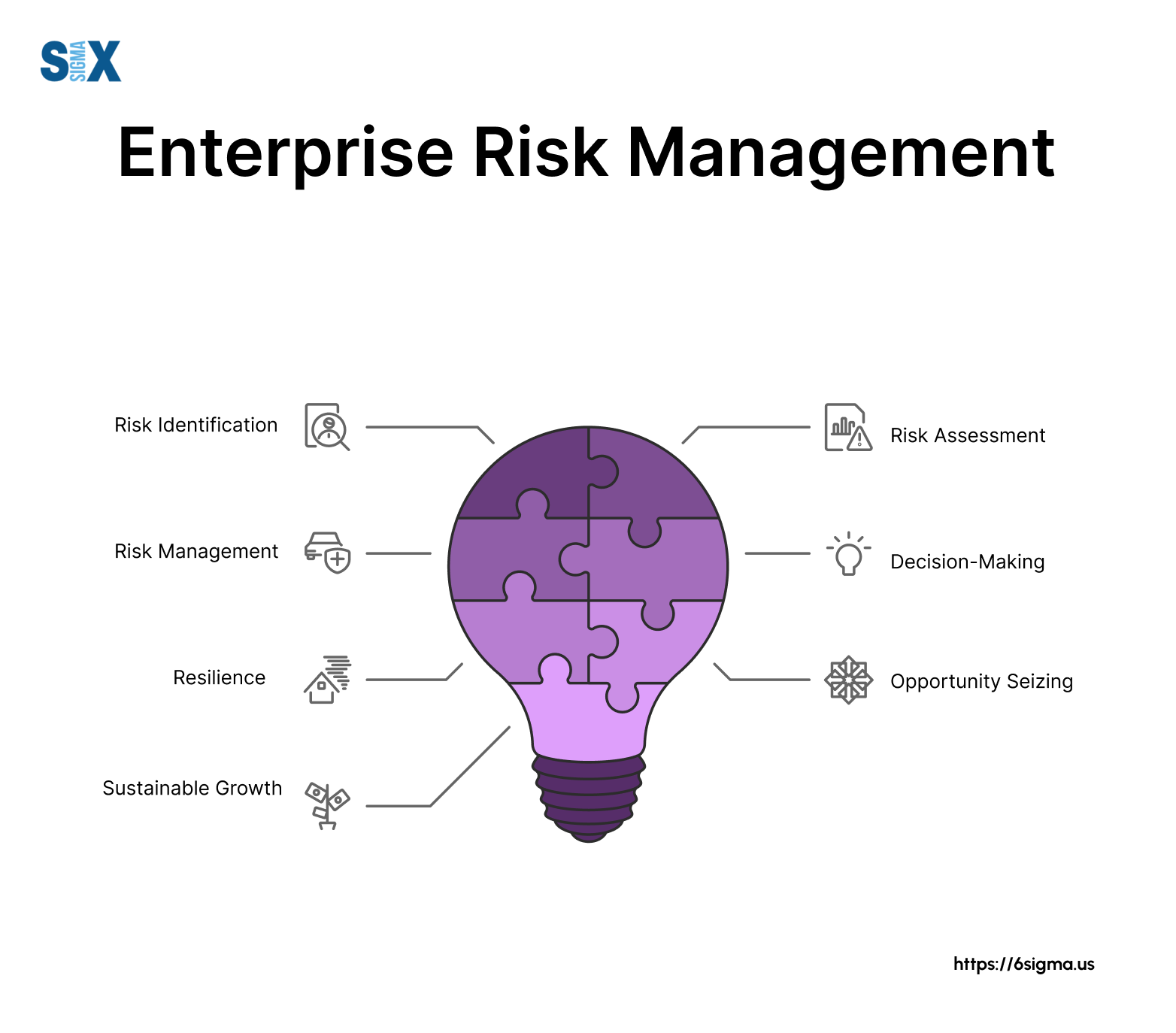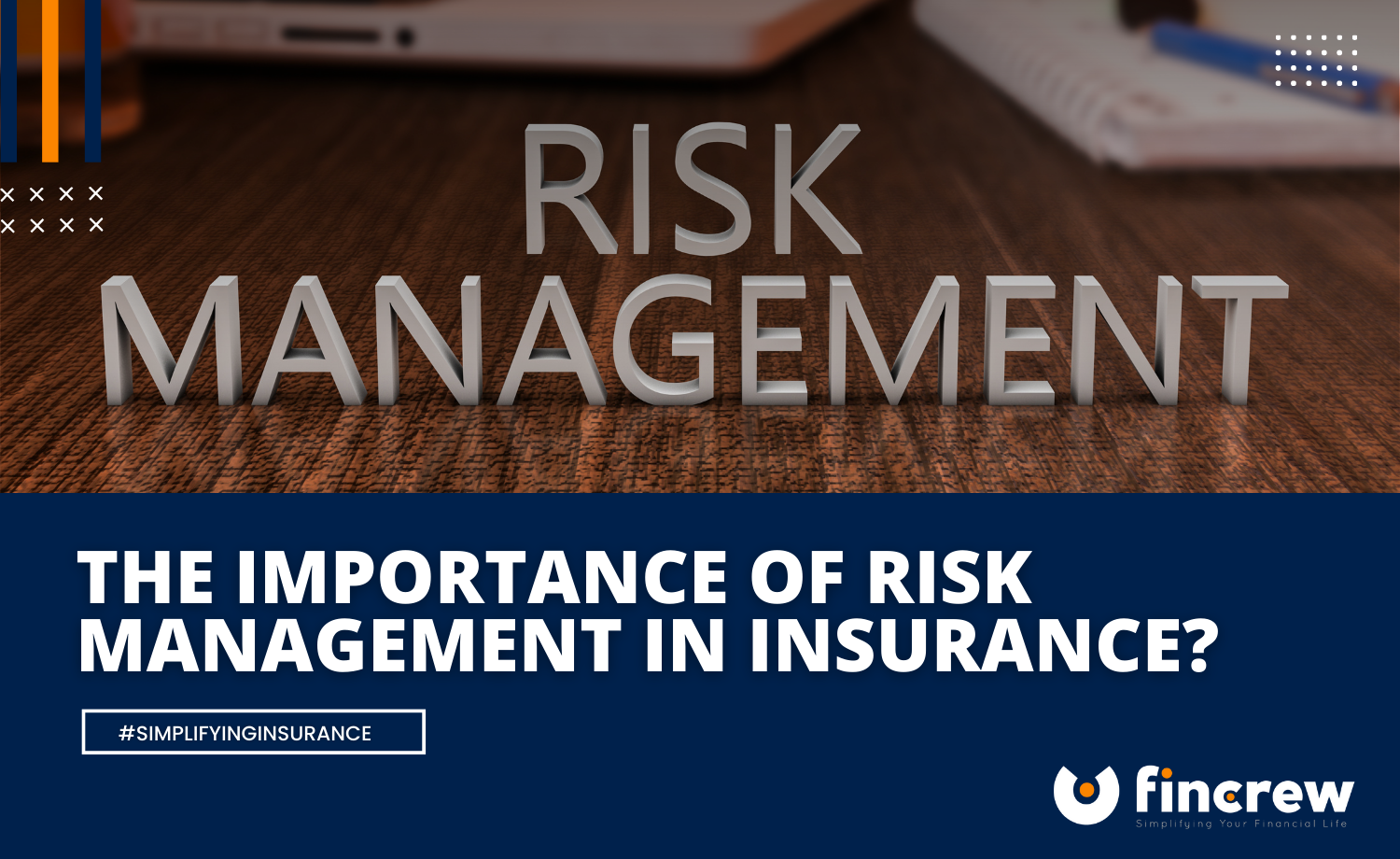Discovering the Significance of Risk Management for Effective Decision-Making Strategies
In the detailed globe of business, Risk Management becomes a vital factor in the decision-making procedure. The ability to recognize possible dangers and chances, and plan appropriately, can spell the distinction between success and failing. With devices such as SWOT and PESTEL, organizations are outfitted to make educated choices, cultivating durability and adaptability in an ever-changing environment. Wondering exactly how this works? Allow's unload the characteristics additionally.
Comprehending the Concept of Risk Management
Risk Management, an essential element in decision-making, is typically misconstrued or oversimplified. Risk Management involves self-displined and structured methods, utilizing data and insightful assessments. From economic unpredictabilities, legal obligations, critical Management mistakes, to crashes and natural calamities, it deals with numerous risks - importance of risk management.
The Duty of Risk Management in Decision-Making Processes
In the realm of tactical planning and service procedures, Risk Management plays an essential function in decision-making procedures. Risk Management thus ends up being an important device in decision-making, helping leaders to make educated choices based on an extensive understanding of the risks included. Risk Management serves as a crucial part in the decision-making procedures of any company.

Just How Risk Management Boosts Strategic Planning
In the context of strategic planning, Risk Management plays a critical function. Initiating with the recognition of potential threats, it better prolongs to the application of Risk reduction procedures. The role of Risk Management is not fixed however dynamic, as it requires consistent tracking and adjusting of techniques.
Identifying Possible Dangers

Applying Risk Mitigation
Risk mitigation strategies can range from Risk avoidance, Risk transfer, to risk reduction. Each method must be customized to the certain Risk, considering its potential impact and the organization's Risk resistance. Efficient Risk mitigation calls for a deep understanding of the Risk landscape and the prospective impact of each Risk.
Tracking and Readjusting Techniques
Though Risk mitigation is an essential action in tactical preparation, continuous surveillance and adjustment of these methods is equally crucial. This ongoing process permits organizations to determine new dangers and reassess existing ones, guaranteeing the applied methods remain reliable in the ever-changing service environment. It additionally gives a possibility to assess the success of the Risk Management procedures, enabling modifications to be made where necessary, more boosting calculated planning. Effective monitoring and adjustment call for using analytics and key efficiency indications (KPIs) to determine effectiveness. These devices give useful data-driven insights that can inform strategic decision-making. Surveillance and adjusting Risk Management methods is an important element for boosting an organization's resilience and strategic preparation.
Case Researches: Effective Risk Management and Decision-Making
In the world of service and finance, effective Risk Management and decision-making often offer my link as the pillars of thriving enterprises. These situations highlight the worth of astute Risk Management in decision-making procedures. These cases emphasize the important role of Risk Management in tactical decision-making.
Tools and Methods for Effective Risk Management
These devices, such as Risk registers and warm maps, help in determining and analyzing potential dangers. Risk response techniques, a crucial part of Risk Management, include approving, avoiding, transferring, or mitigating threats. With these tools and techniques, decision-makers can browse the complex landscape of Risk Management, consequently helping with notified and effective decision-making.
Future Fads in Risk Management and Decision-Making Techniques
As we discover the huge landscape of Risk Management, it comes to be apparent that the tools and techniques utilized today will remain to advance. Future patterns point in the direction of an increased dependence on innovation, with man-made intelligence and artificial intelligence playing considerable roles. These modern technologies will enable companies to predict possible dangers with greater precision and make even more informed choices. Furthermore, there will be an expanding emphasis on resilience, not simply in managing threats however also in recuperating from negative circumstances. Last but not least, the principle of Risk society, where every member of an organization knows and entailed in Risk Management, will obtain much more prominence. These patterns herald an even more comprehensive and aggressive strategy in the direction of Risk Management and decision-making.
Final thought

Risk Management thus comes to be an essential tool in decision-making, helping leaders to make enlightened selections based on an extensive understanding of the risks included. Risk mitigation approaches can vary from Risk evasion, Risk transfer, to risk decrease (importance of risk management). Efficient Risk reduction requires a deep understanding of the Risk landscape and the prospective impact of each Risk. Risk response methods, an essential component of Risk Management, entail accepting, staying clear of, moving, or mitigating risks. The principle of Risk culture, where every participant of an organization is conscious and pop over to these guys involved in Risk Management, will gain extra importance